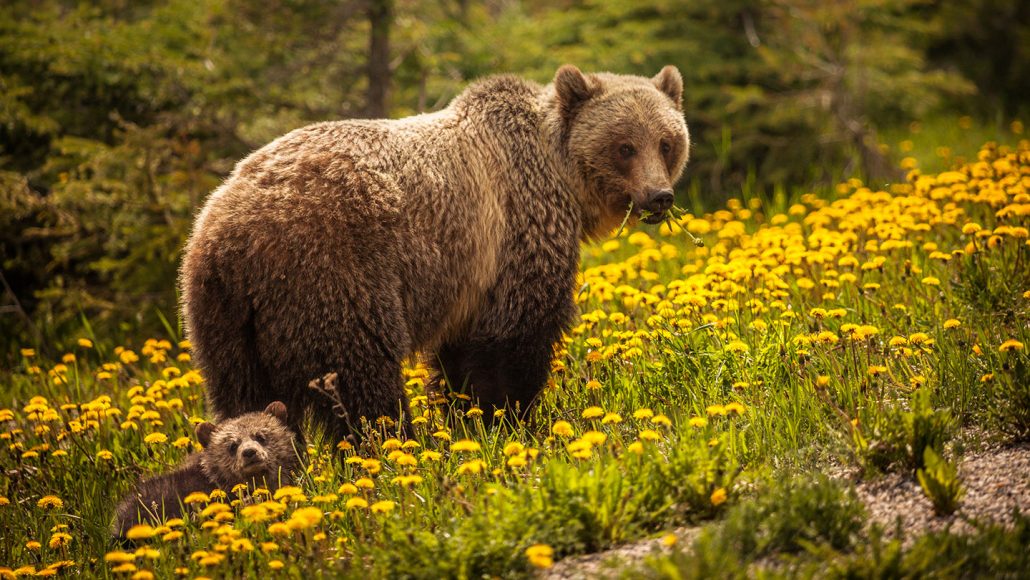Explainer: Black bear or brown bear?
Don’t rely on color to tell these bears apart

This is a brown bear (and its cub!). Yes, it is brown. But better clues are the hump on its back, rounded ears and a ruff of fur around its face. And its rump is lower than its shoulders. The photo was taken in Jasper National Park in Canada.
benkrut/iStock/Getty Images Plus







